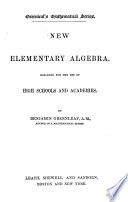 | Benjamin Greenleaf - 1879 - 346 pages
...over the characteristic, denotes that it only is negative, as the mantissa is always positive. 368. The logarithm of a product is equal to the sum of the logarithm of its factors. For, let m and n be any two numbers, x and y their respective logarithms,... | |
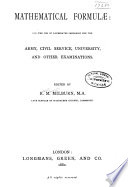 | R. M. Milburn - Mathematics - 1880 - 116 pages
...101. loga oo = oo. 102. (i) loga mn=\ogam + logan; (ii) logamnr ---- =logaw+loga«+logar+ ---- ; or, the logarithm of a product is equal to the sum of the logarithms of its factors. 103. or, the logarithm of a quotient is equal to the logarithm of the dividend minus the logarithm... | |
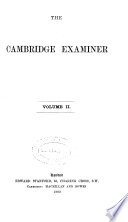 | Education, Higher - 1882 - 498 pages
...and explain the reason why the tangent when determined from the cosine has two values. 3. Prove that the logarithm of a product is equal to the sum of the logarithms of its factors. 4. Shew that cot {0 + tan-1 (tans0)} = 2 cot 0. 5. Prove that sin 0 > d — — , 6 being the circular... | |
 | James Hamblin Smith - 1883 - 466 pages
...Involution Multiplication, . . . Evolution Division, as we shall show in the next four Articles. 455. The logarithm of a product is equal to the sum of the logarithms of its factors. Let m = a", and n = a'. Then mn=a"+'; :. log,mn=x + y = log.m + logan. Hence it follows that logjmnp... | |
 | James Hamblin Smith - Algebra - 1882 - 414 pages
...Involution Multiplication, ... Evolution Division, as we shall show in the next four Articles. 455. The logarithm of a product is equal to the sum of the logarithms of its factors. No. Log 100 0000000 101 0043214 102 0086002 103 0128372 104 0170333 105 0211893 Let m=a', and n=o».... | |
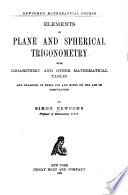 | Simon Newcomb - Trigonometry - 1882 - 372 pages
...of Logarithms, The following properties of logarithms are demonstrated in treatises on algebra. I. The logarithm of a product is equal to the sum of the logarithms of its factors. II. The logarithm of a quotient is found by subtracting the logarithm of the divisor from that of the... | |
 | Simon Newcomb - Algebra - 1882 - 302 pages
...negative infinity. 311. The use of logarithms is founded on the four following theorems. THEOREM VII. The logarithm of a product is equal to the sum of the logarithms of its factors. Proof. Let p and q be two factors, and suppose h = logjB, k = log?. Then 10* = p, 10* = q. Multiplying,... | |
 | Isaac Todhunter - Plane trigonometry - 1882 - 358 pages
...Iog0 1=0. 134. The logarithm of the lase itself is unity. For a1 = a, therefore logaa = 1 . 135. Tlie logarithm of a product is equal to the sum of the logarithms of its factors. For let x = log„I?i, y = logaи ; therefore m = a*, n = a0; therefore mn = a"a? = a*+y; therefore... | |
 | Harvard University - 1882 - 336 pages
...distance of the second headland from the first. 6. Prove the formulae : 2 tan i September. 1. Prove that the logarithm of a product is equal to the sum of the logarithms of the factors. 2. In a system of logarithms of which the base is 9, what are the logarithms of 3, 27,... | |
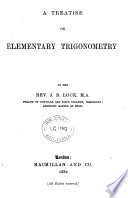 | John Bascombe Lock - 1882 - 378 pages
...10 and log^ 1 0. 211. We give here a formal proof of the following propositions : To prove that (i) The logarithm of a product is equal to the sum of the logarithms of the factors. (ii) The logarithm of a quotient is equal to the difference of the logarithms of the dividend... | |
| |